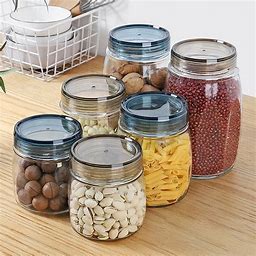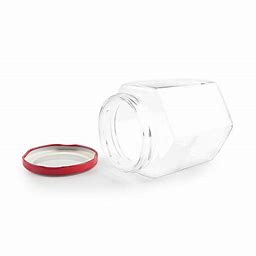The Crystal Clear Choice: Understanding Food-Grade Glass
In a world increasingly conscious of health and sustainability, food-grade glass is more important than ever. As consumers, we often opt for glass containers and kitchenware for their safety, durability, and environmental benefits. But what makes glass the go-to material for culinary use? This article serves up the facts about food-grade glass, offering a glimpse into why it's the chef's choice for both professional and home kitchens.
Definition: What is Food-Grade Glass?
Food-grade glass, often referred to as culinary, kitchen, or container glass, is a type of glass that has been designed and produced for safe direct contact with food and beverages. It is nonporous, impermeable, and does not absorb colors or flavors, ensuring that it does not contaminate the food it holds.
Composition: The Ingredients of Food-Grade Glass
Food-grade glass is primarily made of silica (sand), soda ash (sodium carbonate), limestone (calcium carbonate), and various other natural substances. It's crafted through a process of extreme heat, which melds these ingredients into a durable and clear product that's both aesthetically pleasing and practical.
Safety: A Non-Toxic Container
One of the most compelling reasons for the widespread use of glass in the kitchen is its chemical stability. It does not release any chemicals into food and remains stable over a wide range of temperatures. This makes it an ideal choice for storing everything from hot soups to freezing cold desserts, without the risk of leaching potentially harmful substances into your meals.
Durability and Sustainability: Built to Last
Food-grade glass is prized for its resistance to scratching, staining, and odors. Unlike its plastic counterparts, glass can be used repeatedly without decline in quality or safety. Additionally, glass is 100% recyclable and can be repurposed indefinitely without loss of purity or quality, making it a champion of eco-friendly materials.
Types of Food-Grade Glass
Soda-Lime Glass: The most common type of food-grade glass, found in beverage bottles, food jars, and typical kitchenware.
Borosilicate Glass: Known for its increased thermal resistance, it's often used for bakeware and other products that require rapid temperature changes.
Lead Glass: Although not commonly used for food containers due to its lead content, it's still prevalent in certain types of crystal glassware, valued for its decorative appeal.
Usage Tips: Maximizing Food-Grade Glass
When using glass kitchenware, it’s important to remember that rapid temperature changes can cause some glass to crack or shatter. Always let hot glass cool down before refrigerating, and avoid placing cold glass in a hot oven. For oven use, always reach for borosilicate glassware, as it’s designed to tolerate temperature fluctuations.
Cleaning and Maintenance: Easy and Eco-Friendly
Cleaning food-grade glass is straightforward and hassle-free. It’s dishwasher safe and doesn't hold onto stains or odors, making it as hygienic as it is easy to maintain. By avoiding abrasive scrubbers, you can keep your glassware looking new for years to come.
Conclusion: The Clear Winner for Health and Environment
Food-grade glass stands out in the kitchen for its purity, safety, and resilience. In an age where both health and the environment are at the forefront of our choices, it’s no wonder that this material remains at the top of the list for those seeking a quality option for food storage and preparation. The next time you dine, drink, or whip up a storm in the kitchen, remember that when it comes to food-grade glass, clarity is just the beginning.






